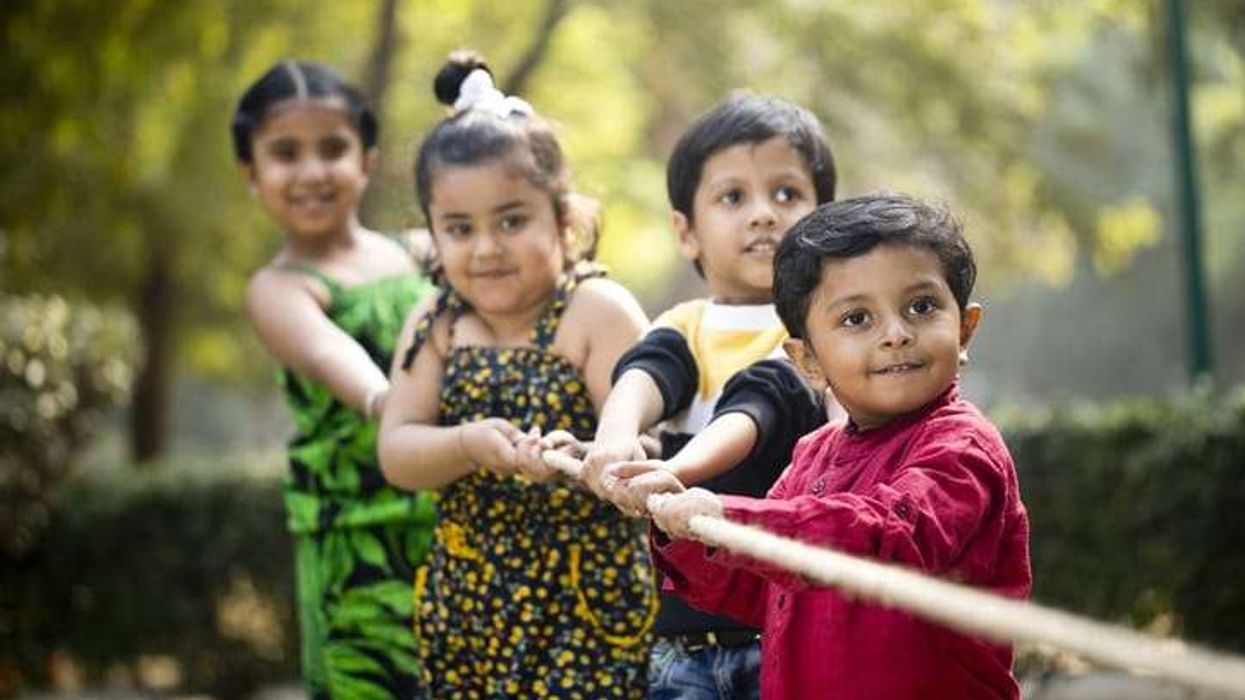A laboratory to test garment workers for coronavirus is opening in Bangladesh as manufacturers seek to stem the spread of Covid-19 in factories that produce clothes for many of the world's leading fashion brands.
The facility, run by the Bangladesh Garment Manufacturers and Exporters Association (BGMEA) and the Diabetic Association of Bangladesh, will test up to 180 samples daily from Saturday (6). Two more laboratories for workers are due to open soon.
"It's a state-of-the-art lab... workers will get first preference in here," said Rubana Huq, president of the BGMEA.
"(We) need data on COVID-19. So if workers or factories register through us, we can adopt an industry-wide practice of precaution and isolation," she said.
Bangladesh, which ranks behind only China as a supplier of clothes to Western countries, relies on the garment industry for more than 80 per cent of its exports.
Most of the nation's 4,000 clothing factories, which employ about 4 million people - mostly women, reopened in April after a month-long break. Factories must adhere to social distancing rules and ensure workers can wash their hands.
At least 276 garment workers have been confirmed to have the new coronavirus, with no deaths reported, according to the latest official data. Across the country, there have been 60,000 confirmed cases, including 811 fatalities.
NGOs working with garment workers say more factory employees are likely to have had the virus, citing low testing rates across the country.
Only workers who show signs of infection will be sent for testing, and those that test positive will have to self-isolate.
SHOULD HAVE OPENED EARLIER
The Bangladeshi government praised the industry's initiative on setting up the laboratories.
"I want these labs to be used as much as possible. The more workers we test the more we will know," said Commerce Minister Tipu Munshi.
Garment unions also welcomed the launch of the testing facilities, but urged factory owners to prioritise the payment of overdue wages and ensure layoffs were avoided despite a wave of cancelled orders by foreign buyers.
"It's a good initiative but the lab should have been opened a lot earlier. Also, there are some workers who haven't been paid their salaries and their bonuses," said Nazma Akter, president of the Sommilito Garments Sramik Federation.
She said hundreds of workers had still not been paid their salary from May or a bonus paid to mark the annual Eid holiday.
Bangladesh's garment exports fell by 84% in the first half of April as $3 billion-worth of orders were cancelled or suspended due to global store closures, according to factory owners. The number of new orders has also decreased.
Huq from the exporters' association said that while a few brands had reversed their decision to cancel orders, the payment terms had not been finalised yet.
According to a government report, at least 17,000 garment workers have lost their jobs since orders started being cancelled in March this year.












